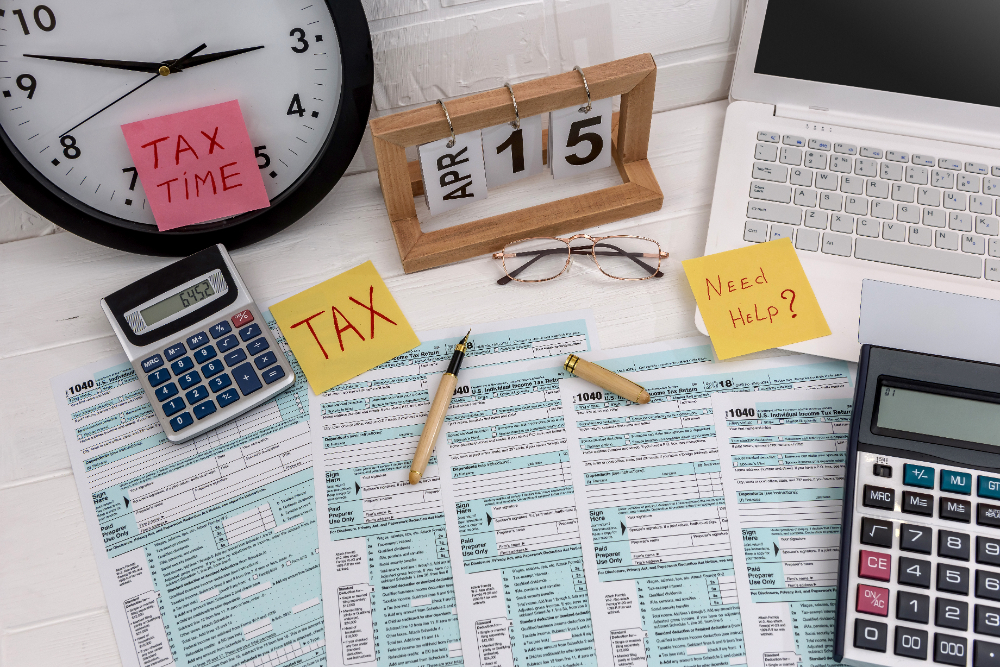We’ve All Been There
You know that feeling when you think you’re finally getting ahead, and then BAM — your car battery dies, your rent goes up, or some random medical bill shows up in the mail. Suddenly, it feels like you’re right back where you started. Debt can feel like you’re stuck in quicksand — the more you try to escape, the deeper you sink.
But here’s the good news: it doesn’t have to be this way. You don’t have to live in survival mode or sacrifice every small joy to pay off debt. There’s a way to climb out, and it’s more doable than you think. No, you don’t need to win the lottery, start extreme couponing, or live off ramen noodles. You just need the right plan.
This guide is going to show you how to take control, break free, and finally get on top of your debt. Let’s go.
Why Debt Feels So Overwhelming (And Why It’s Not Your Fault)
Debt feels like one of those problems that never stops growing. Just when you think you’re making progress, a late fee hits, or your interest stacks up and makes everything feel worse. But here’s the thing — it’s not your fault.
Creditors (like credit card companies, payday lenders, and even student loan servicers) profit from your debt. They thrive when you’re barely making minimum payments because that means they can collect interest for longer. It’s a system designed to keep you paying forever.
The good news? You can flip the script. You’re not powerless here. In fact, you’re already taking control just by being here, looking for solutions. It’s time to move from “surviving debt” to “conquering debt.”
Your 4-Step Plan to Get Out of Debt Without Feeling Like You’re Drowning
If you’ve ever tried to “pay off all your debt at once,” you know how exhausting it is. It feels like pouring water into 10 cups with just one jug — you never make real progress. That’s why this step-by-step plan is different. It’s designed to help you focus on small wins that add up to big results.
Step 1: Get Clear on What You Owe
Here’s a hard truth: You can’t fight what you can’t see. And for most people, the scariest part of debt is actually looking at the numbers. But once you face it head-on, it becomes way less intimidating.
Here’s how to do it:
- List every single debt you owe — credit cards, student loans, personal loans, medical bills, etc.
- Write down the total balance, interest rate, and minimum payment for each one.
Once you have everything in one place, you’ll feel a sense of control that you probably haven’t felt in a while. If you’re already stressed thinking about tracking this by hand, you’re not alone. This is why some people like to use a simple tool that tracks all their debts in one place automatically. It shows you your total balance and payment schedule without the need for spreadsheets or sticky notes all over your fridge.
Pro Tip: If you notice any surprise fees or unexpected charges, call the lender and ask for an explanation. You’d be surprised how often fees can be waived just by asking.
Step 2: Prioritize (Don’t Pay It All at Once!)
Here’s where most people go wrong: they try to pay off everything at once. It’s like trying to fill up 10 water bottles with one small jug. Instead, focus on one debt at a time. This is where the Debt Snowball and Debt Avalanche methods come in.
- Debt Snowball: Pay off the smallest debt first, then move on to the next. Why? Because those “quick wins” feel good, and they keep you motivated.
- Debt Avalanche: Pay off the debt with the highest interest rate first. This method saves you the most money in the long run.
Which one should you choose?
If you love the feeling of crossing something off a list, go with Snowball. If you’re more focused on saving money, Avalanche is your move. Either way, pick a plan and stick with it.

Step 3: Call Your Lenders (Yes, You Can Negotiate!)
Here’s a little secret most people don’t know: You can negotiate your debt. Yup. Credit card companies, lenders, and even medical bill providers want to work with you. Why? Because it’s better for them to get something than nothing at all.
What to ask for when you call:
- A lower interest rate
- A payment plan or hardship program
- A settlement offer (for older debts)
Not sure how to ask? Here’s a simple script you can use:
“Hi, I’m trying to get on top of my debt and manage my finances more effectively. I’m hoping you can lower my interest rate or help me set up a payment plan.”
The person on the other end might try to push back, but stay calm and firm. If they say no, call back another day — sometimes you just need to catch the right person on the phone.
Step 4: Automate Payments (So You Never Miss Another Due Date)
Late fees are the ultimate insult. They hit you when you’re already struggling, and they add up fast. The best way to avoid them? Automation.
Most lenders will let you set up auto-pay for your minimum payment. That way, you’ll never miss a payment or get hit with a late fee. If you’re worried about overdrafts, you can set auto-pay to happen a few days after your paycheck hits your account.
If tracking all those due dates feels like too much, this is where people lean on simple tools that track it for you. No stress, no missed payments, just automated reminders that make sure you’re always ahead of the game.
Pro Tip: If you automate the minimum payments, you can still make extra payments manually whenever you have extra cash — and that’s where the real progress happens.
3 Debt Traps You Should Avoid
Sometimes, it’s not just about what you should do — it’s also about what you shouldn’t do. Here are a few common mistakes that trip people up:
- Don’t Ignore It: Ignoring debt doesn’t make it go away. It just adds late fees and penalties.
- Don’t Open New Credit Cards: Those “0% APR for 12 months” offers sound good, but they’re often just a trap with hidden fees.
- Don’t Rely on Willpower Alone: Willpower isn’t a strategy. If you rely on memory to track all your payments, you’ll slip up eventually.
Pro Tip: Don’t trust your memory. Use reminders, calendars, or a simple tool that keeps track of it all for you.
Want an Easier Way to Track Everything?
Let’s be honest. Keeping track of debt payments, due dates, and interest rates is not fun. And if you’re managing multiple payments, it can feel like a second job.
That’s why some people use tools that do the tracking for them. They sync your debts, show your total balance, and even remind you before payments are due — so you’re never blindsided by late fees again. It’s like having a personal assistant for your finances. If you’d like to explore some of these tools and learn how they can do the work for you, we would be happy to discuss it with you.
Closing Empowerment: Debt Doesn’t Have to Control You
Look, you’re not going to become debt-free overnight. But that’s okay. Every small step counts. Pay off one debt this month? That’s a win. Call your lender and get a lower rate? That’s a win.
The goal isn’t perfection — it’s progress. And if you’re here, reading this, you’ve already started. Take a deep breath, grab a pen, and map out your 4-step plan. And then schedule a time to talk with us here. You’ve got this.
Your future self will thank you.


